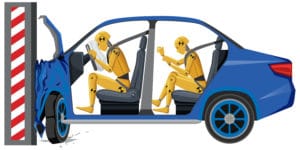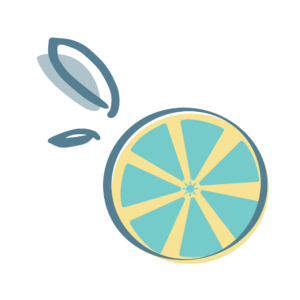Posts Tagged ‘HALT’
5 Options to Manage Risks during Product Engineering
What do we do with the risk we’ve identified? We look at five different ways to manage risk during new product development.
Read MoreALT vs. HALT
Reliability engineers may suggest environmental stress tests. There are many types of tests in an RE’s toolbox. We compare two types of commonly known tests that are used for design: ALT vs. HALT. What are the important distinctions between these two methods? What value do they each bring to design engineering? And how do they…
Read MoreEnvironmental Stress Testing for Robust Designs
To help plan future tests and projects, we review qualitative accelerated test models that can be used early in a design process.
Read MoreResults-Driven Decisions, Faster: Accelerated Stress Testing as a Reliability Life Test
We want to ensure our designs perform reliably, as expected and intended. With today’s high-reliability products and quick release to market, we probably don’t have enough time to just test our parts at normal use rates. It would take too long, because our products ARE so reliable. Or, we’ll miss our window of opportunity to get our product to market. There are several ways to get…
Read MoreHow Many Do We Need To Test?
In this episode we review sampling for design tests. We talk through a generic thought process for choosing a statistically relevant sample size and propose some basics that we can all learn about to better understand sampling. Our goal is for us to be able to better talk through a sampling scenario with our quality…
Read MoreUsing Failure Rate Functions to Drive Early Design Decisions
We have good requirements for the reliability of our design. We also have a preliminary design with ideas of how we’re going to manufacture it. Is our design idea good enough? Are there things we should do to improve its performance and reliability? For a physical product, there are three general stages in its life…
Read MoreHALT! Watch out for that weakest link.
HALT (Highly Accelerated Life Test) uses the weakest link mentality. We apply stresses beyond what our designs would normally see in the environment to make something fail. It’s meant to be an iterative test program where you are testing, analyzing the results, determining the root cause, fixing the design, and then testing it, again.
This blog reveals more about its roots, why you should perform HALT (or not), when in the design process it’s best (hint: really early), and who likely needs to be involved. Also understand how HALT is different from ALT.
Read More

